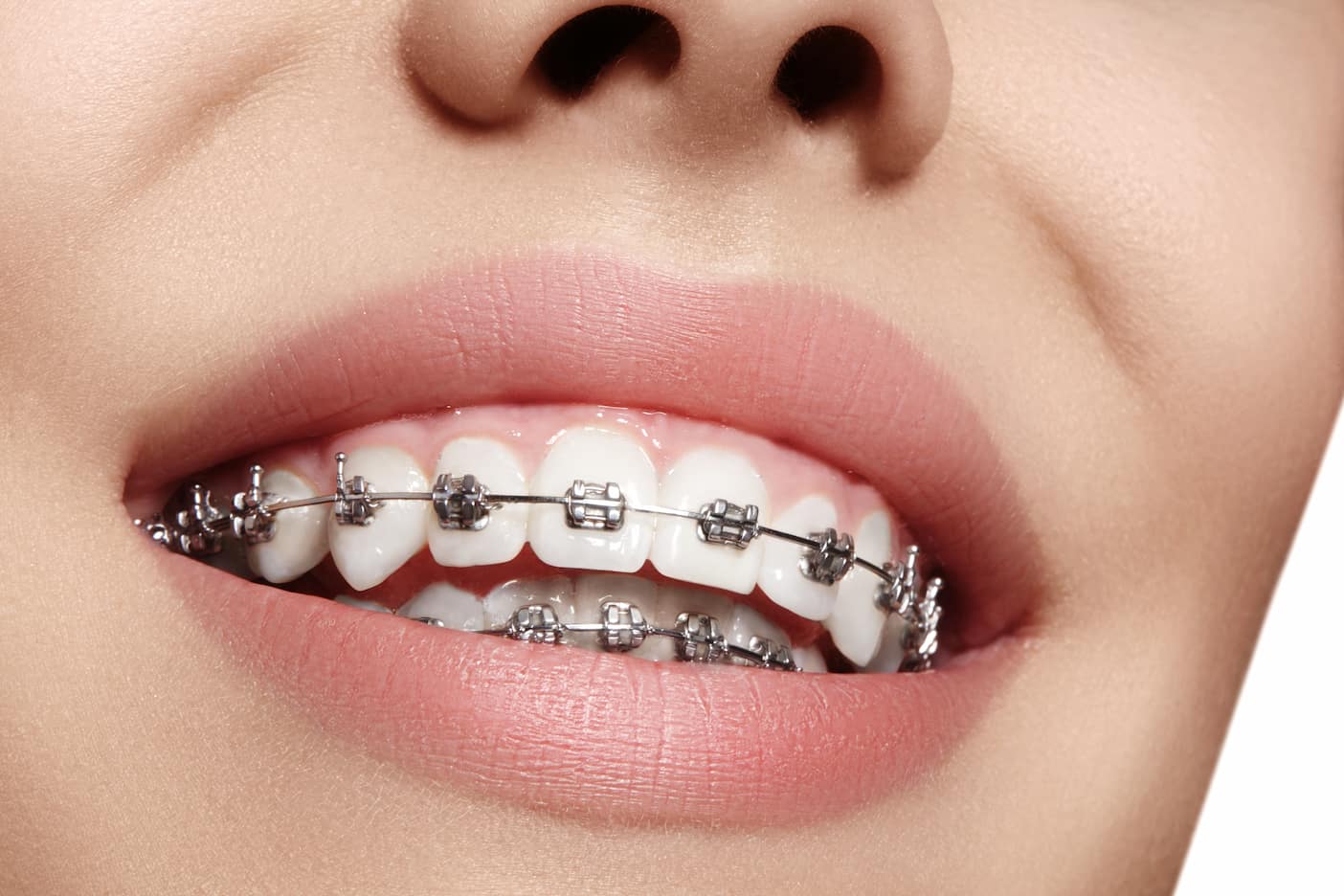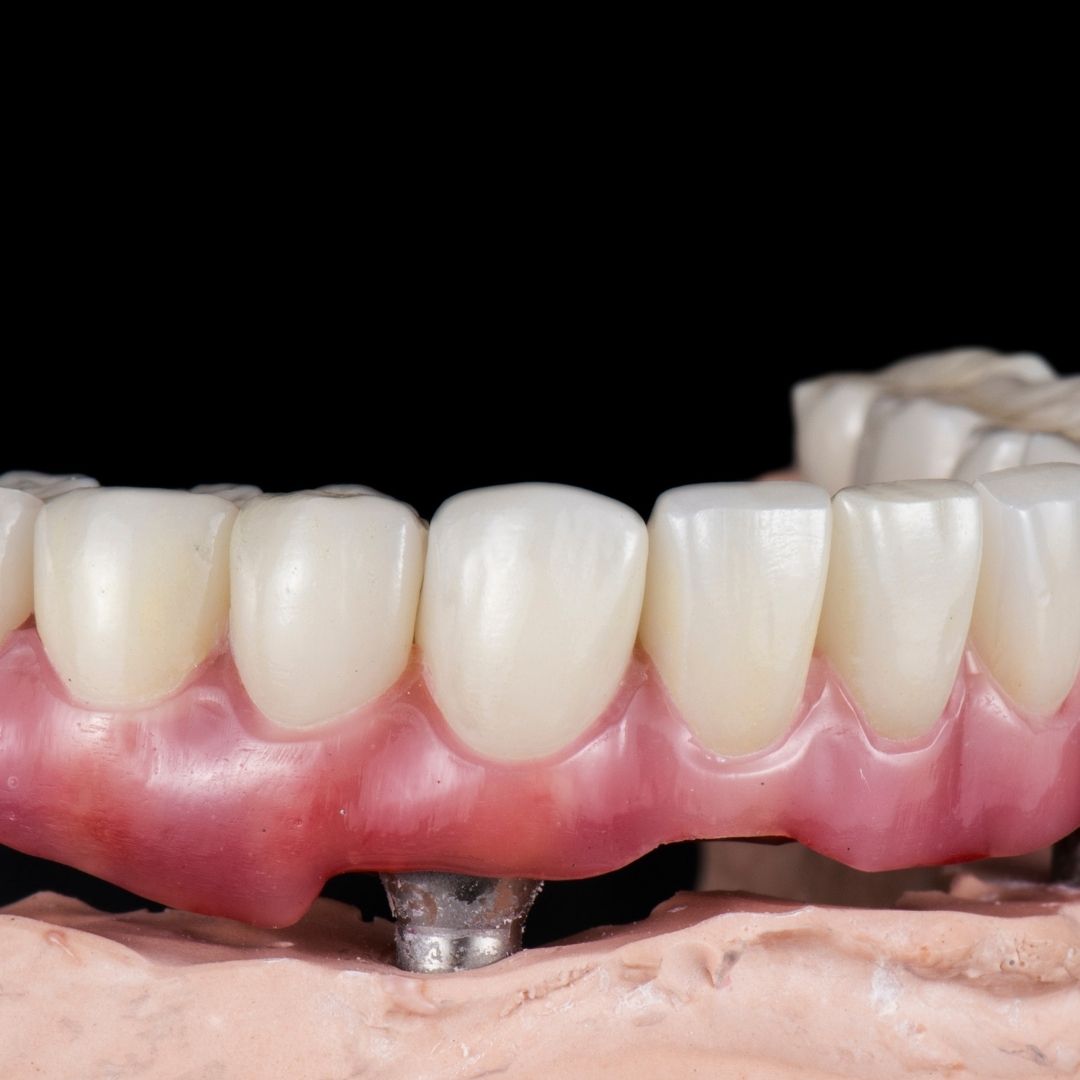
Metal Braces vs. Transparent Braces
When it comes to orthodontic treatment, braces are the most common solution for straightening teeth. Metal braces and transparent braces, also known as clear or ceramic braces, are two of the most popular types of braces available.
In this article, we will take an in-depth look at the differences between metal braces and transparent braces, as well as their advantages and disadvantages.
Appearance: Metal Braces vs. Transparent Braces
One of the main differences between metal braces and transparent braces is their appearance. Metal braces are made of stainless steel and are noticeable due to their silver color. They consist of brackets, wires, and bands that work together to gradually straighten the teeth.
On the other hand, transparent braces are made of ceramic or composite materials and are designed to blend in with the natural color of the teeth. This makes them less noticeable and more aesthetically pleasing than metal braces.
However, it is important to note that transparent braces may become stained or discolored over time, particularly if the wearer does not practice good oral hygiene. Additionally, transparent braces are generally more expensive than metal braces due to their advanced technology and materials.
Comfort: Metal Braces vs. Transparent Braces
Another important factor to consider when choosing between metal braces and transparent braces is comfort. Metal braces can cause discomfort and irritation due to the brackets and wires rubbing against the inside of the mouth.
In some cases, they may even cause ulcers or sores. However, modern metal braces are designed to be more comfortable than their predecessors, and the use of smaller brackets and wires has significantly reduced the amount of discomfort experienced by wearers.
Transparent braces are generally more comfortable than metal braces due to their smooth, ceramic or composite material. However, they may still cause some discomfort and irritation, particularly in the first few days after they are first applied. Additionally, transparent braces are more fragile than metal braces and can break or chip if they are not cared for properly.
Suitability: Metal Braces vs. Transparent Braces
The suitability of metal braces versus transparent braces depends on several factors, including the severity of the orthodontic issue, the age of the patient, and the personal preferences of the patient.
Metal braces are typically recommended for patients with more severe orthodontic problems, such as significant crowding, spacing, or misalignment of the teeth. They are also ideal for younger patients who may be less likely to take good care of their teeth and braces. Metal braces are durable and can withstand the wear and tear associated with active lifestyles, making them a good option for athletes or individuals who play sports.
Transparent braces, on the other hand, are ideal for patients who are concerned about the appearance of their braces. They are particularly popular among adult patients who may feel self-conscious about wearing metal braces in professional or social settings. Transparent braces are also a good option for patients with milder orthodontic issues, as they are not as strong or durable as metal braces and may not be suitable for more complex cases.
Maintenance: Metal Braces vs. Transparent Braces
Maintaining good oral hygiene is essential when wearing braces, regardless of the type. However, metal braces require more maintenance than transparent braces due to their design. The brackets and wires of metal braces can trap food particles and plaque, making it more difficult to keep the teeth clean. Patients with metal braces need to be diligent about brushing and flossing their teeth, as well as using special tools to clean between the brackets and wires.
Transparent braces, on the other hand, are easier to maintain than metal braces because they do not trap as much food or plaque. However, they still require regular cleaning and maintenance to prevent discoloration or staining. Patients with transparent braces should avoid eating certain foods, such as hard or sticky foods, which can damage or dislodge the braces.
Treatment Time: Metal Braces vs. Transparent Braces
The length of orthodontic treatment varies depending on the severity of the orthodontic issue and the type of braces used. In general, metal braces tend to require a shorter treatment time than transparent braces. This is because metal braces are stronger and more efficient at moving the teeth into their correct positions.
Transparent braces, on the other hand, may require a longer treatment time due to their design. The brackets and wires of transparent braces are not as strong as those of metal braces, which means they may need to be adjusted more frequently to achieve the desired results. Additionally, transparent braces may not be as effective at correcting certain types of orthodontic issues, such as severe crowding or rotation of the teeth.
Suitability: Metal Braces vs. Transparent Braces for Specific Cases
In some cases, one type of braces may be more suitable than the other. For example, metal braces are typically recommended for patients with severe crowding or spacing issues, as they are stronger and more effective at moving the teeth into their correct positions. On the other hand, transparent braces may be more suitable for patients with minor orthodontic issues or those who are concerned about the appearance of their braces.
In some cases, a combination of metal and transparent braces may be used. This is known as hybrid treatment and involves using metal braces on the back teeth, where they are less visible, and transparent braces on the front teeth, where they are more noticeable.
Cost: Metal Braces vs. Transparent Braces
Cost is an important factor to consider when choosing between metal braces and transparent braces. The cost of orthodontic treatment can vary widely depending on a number of factors, including the type of braces used, the severity of the orthodontic issue, and the location of the dental practice.
In general, metal braces are more affordable than transparent braces. The materials used to make metal braces, such as stainless steel, are less expensive than the materials used to make transparent braces, such as ceramic or plastic. Additionally, metal braces require fewer appointments and adjustments than transparent braces, which can help reduce the overall cost of treatment.
Transparent braces are generally more expensive than metal braces. The materials used to make transparent braces, such as ceramic or plastic, are more expensive than the materials used to make metal braces. Additionally, transparent braces require more frequent adjustments than metal braces, which can add to the cost of treatment.
It is important to note that the cost of orthodontic treatment can vary widely depending on the location of the dental practice. In some areas, the cost of transparent braces may be comparable to the cost of metal braces. In other areas, transparent braces may be significantly more expensive.
It is also important to consider the long-term costs of orthodontic treatment. Patients with metal braces may require additional dental work, such as fillings or root canals, due to the increased difficulty of maintaining good oral hygiene. Additionally, patients with transparent braces may need to replace their braces if they become damaged or discolored, which can add to the overall cost of treatment.
In some cases, dental insurance may cover the cost of orthodontic treatment. However, the extent of coverage can vary widely depending on the insurance plan. Patients should consult with their dental insurance provider to determine what orthodontic services are covered under their plan.
The Study of Metal Braces vs Transparent Braces
Research conducted by the American Association of Orthodontists (AAO) in 2022 found that the choice between metal braces and transparent braces often depends on several key factors, including the patient’s age, severity of orthodontic issues, and aesthetic preferences. The study, which surveyed orthodontists and patients, revealed that transparent braces are particularly popular among adult patients who prioritize appearance and may feel self-conscious about wearing metal braces in professional or social settings.
The research also highlighted that while metal braces tend to be more efficient in correcting severe orthodontic problems, transparent braces are more comfortable and less noticeable, which can contribute to greater patient satisfaction during the treatment process.
Conclusion
When deciding between metal braces and transparent braces, it is important to consider all of the factors discussed in this article, including appearance, comfort, suitability, maintenance, treatment time, and cost.
Ultimately, the best type of braces for each patient will depend on their individual needs, preferences, and orthodontic issues. Orthodontic treatment is a significant investment of time and money, but the benefits, including improved oral health, enhanced appearance, and increased self-confidence, make it well worth it.



